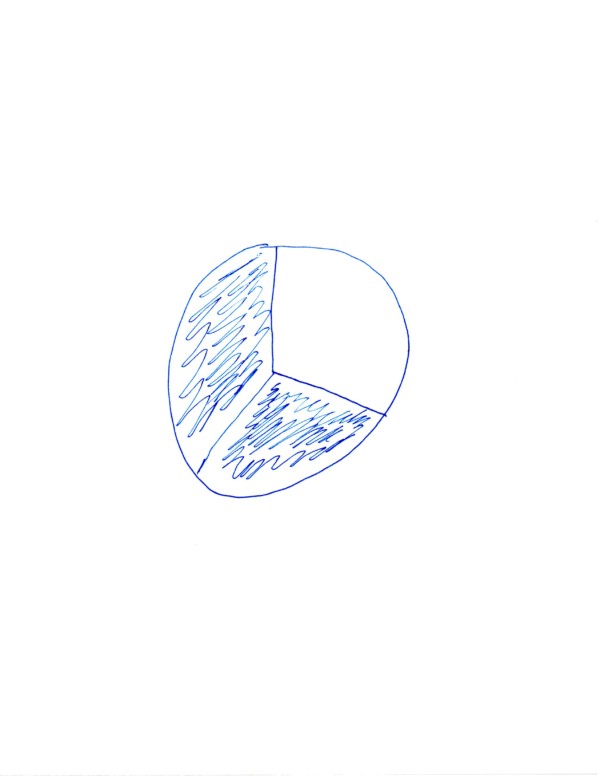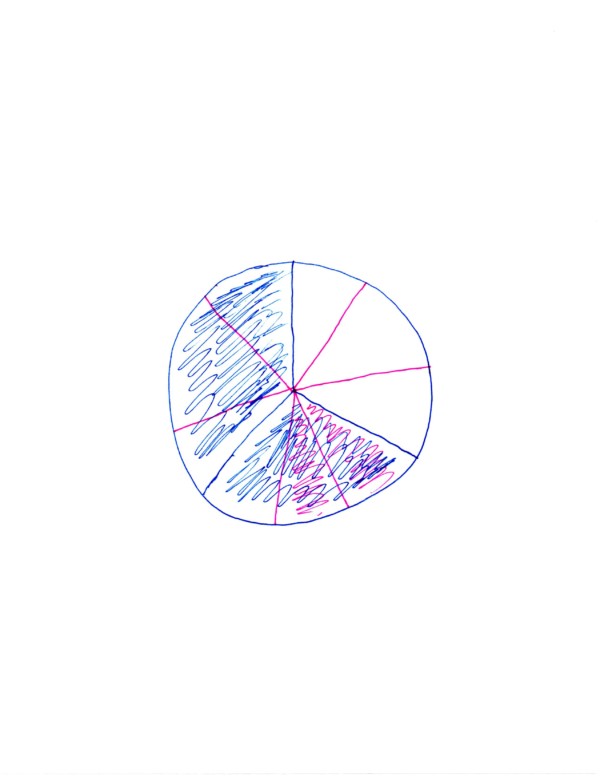The monster under the bed,
The mountain at the end of the year,
The finish line at the end of the race,
All of these describe what students experience with the EOG at the end of each year.
Parents and students get anxious about these impending tests, and rightly so. This anxiety and stress is partly because they don't understand what's on them or what their student really knows and partly because they are such important benchmarks.
Removing the anxiety and stress is doable. We do it for parents every year. We don't have a magic EOG wand, but understanding what's on the test, how they're scored, and, most importantly, getting a plan together to approach both the test and what comes after, goes a long way to removing the anxiety and getting students on the right track!
First let's understand how these tests are scored: The composition of questions and curve change each year for students.
Check out this link to find a breakdown of questions for each year and where the breakpoints are for each score.
Yes you read that that one correctly, scoring a 55% most years will get students a 3!!! It only takes scoring a 60% most years to score a 4!!! But then students have to score closer to a 85% to garner a 5!!! That means a 3 says that your student only understands, and is capable of solving, about half of the problems in any given year. A 4 might mean your student is capable of 60% of the material or 80% of the material, on a ten point scale that's the difference between a D and a B! As assessments of where students are, it's important to understand these breakpoints.
Each year's EOGs have a different composition of questions. Take a look at this link and look at some of the trends.
The 3rd, 4th, and 5th grade EOG all tackle similar material but have very different breakdowns. Most notably is 5th grade which is made up 50% by fraction problems. That means if a student can master these fraction questions, they will score a 3.
But if they have a lot of trouble with fractions, it is very difficult to pass.
It's important how these questions are asked as well. You won't find very many questions that say 3/4 + 1/2 or 0.2 x 1.5. No, the vast majority of questions on every EOG are word problems.
Everything here is applied math, not straight computation. Before you can tackle this material you have to master the computations, but that's only the first step. Then you have to learn when those operations are applied and how to read these complicated word problems. You aren't going to parse these word problems by only finding key words, these are mostly multi-step word problems that require students to also comprehend the story in order to determine the solution.
Let's take a look at an example. This is one of our favorite problems from the 5th grade EOG and is a good example of a lot of things.
Two-thirds of the students in a class are wearing blue jeans. Two-sixths of the students who are wearing blue jeans are also wearing red shirts. What fraction of the students in the class are wearing blue jeans and red shirts?
Solving this problem can be done by multiplication or by drawing a picture, let's look at both and why.
First by multiplication, so if 2/3 of the class is wearing blue jeans and 2/6 of those students are wearing red shirts, we are looking to take 2/6 of those 2/3. "Of," as many of us have learned in math, is almost always multiplication which is what it is here, so we have to multiply 2/6 times 2/3. We get 4/18 from this multiplication and from there reduce to 2/9, our answer.
This requires students to both understand the story, how the language fits together, and that multiplication is how we would translate the word “of” into math.
If we draw a picture we would first draw the 2/3 of the class wearing blue jeans, like so: 
Then we know that 2/6 of the amount shaded would be the students also wearing red shirts. So we would split the 2/3 into 2/6. We split each into 3 to make six and shade in 2, like so: 
Now we know we need to split the other 3rd also into 3 pieces turning this picture into ninths, of which we have 2 shaded. So we get 2/9, which we know is our answer.
I would vastly prefer to draw the picture as it clearly represents what we are doing and is easier to pair with what is actually happening in the story. It opens up meaning and avoids us making any computational mistakes.
Many, Many, Many of these fraction questions can be answered or estimated using similar pictures.
Doing better on these EOGs or mastering them is about understanding these problems and using that to tackle them in the most efficient way. These problems involve a lot of problem solving and cover a lot of different topics even if most years lean towards a singular subject.
There is no replacement for getting practice and seeing all the different ways these questions can be asked. Practicing for EOGs is all about practicing problem solving. Knowing the school year's material is a start but if you can't do problem solving with it, it is going to be hard to score well. Practice EOGs are a start, but getting focused work in specific kinds of problem solving: algebraic, fraction, and geometric, is how you master each kind of problem over time.
The best way to study for a math test is to know the math. It’s never too late and it’s never too early to start learning the math. Feel free to give us a call, or leave your information in the box at the top of this page, if you’re interested in learning more about us and what we do.
Read our reviews! It doesn't matter what we say- it only matters what our customers say:













